Note: This website was automatically translated, so some terms or nuances may not be completely accurate.
【Findings】
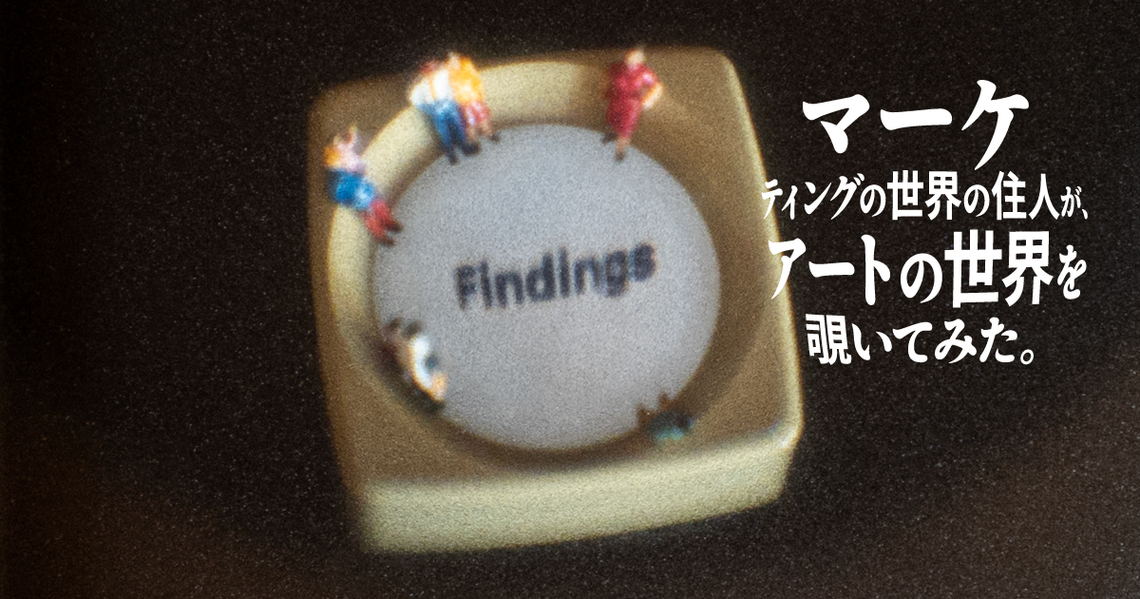
About twenty years ago, I read Akiko Ikeda's Philosophy for 14-Year-Olds. I recall it stated that "right" is something common to all humans (probably meaning the concept of the word "right" is shared, not which specific events are right or wrong), and that humans can only do what they believe to be right. I was well past fourteen, but I clearly remember being quite shocked by it.
This applies when facing presentations, speeches to multiple people, or lectures. You engage your mind and thought processes, working until you reach a point where it feels somewhat convincing to you. What you arrive at is your own "provisional answer." You then use that as a foundation to move your hands and eyes, creating your manuscript or slides. Even though you believe you've arrived at a provisional answer, the final product never perfectly matches it. Was my mind, my thinking, insufficient? Or is it the limit of my hands and eyes' ability to reproduce?In any case, something inevitably different always emerges.
Using this "updated tentative answer" as a base, I then rehearse alone. Again, it doesn't feel quite right. Is it the limits of my voice or breathing? The gap between the desk (the computer screen) and reality (my speaking body)? Or does speaking aloud activate my mind and thoughts? Whatever the reason, an update to the update is always necessary.
Looking at this positively, it's a continuous stream of realizations and updated satisfaction. So, though it's time-consuming, I make it a rule to go through these three preparatory stages several times. And up to this point, it's essentially my own problem, something I can resolve internally. So, the "update" is really just a small realization.
Then comes the actual performance. There's an audience, and I speak. Whether it's a large or small group, I present.Despite having my (personal) "correct answer," experience tells me—even before starting—that it never lands exactly as expected. Reactions are mostly unexpected. Sometimes they're within expectations, but so subtle I might miss them. The fragility of this (personal) "correct answer" makes me realize anew each time how presumptuous it was to group it as such. I thought I was living honestly by what's "right."
But I'm not pessimistic. I'm constantly reminded of the value in putting myself out there. It's a hopeful story: you gain insights precisely by venturing out. In the process of gaining them, you might be embarrassed or even scolded. There's no slackness like a weekend morning spent alone, unshaven and zoning out, but the rewards are great, so it's worth it.

Every year, I have the opportunity to lecture at Ferris University. The theme is "Art and Business." The professor who invites me works at an art museum, so she's undoubtedly much more deeply immersed in the heart of the art business than I am. Her intention, however, is for me to show the students the diversity of business surrounding art, including art thinking, and how and why art matters to the average businessperson.
Whether it's the students' high interest in this theme, their curiosity about the industry (including Dentsu Inc.), or simply a service-minded attitude toward an outsider like me, the students always respond well each year. And their reactions are quite profound. Since I rarely interact directly with university students otherwise, it becomes a major moment of realization – I tangibly feel the value of perspectives different from my own, and conversely, the risk of homogenization.
This year's lecture was structured in three parts: "Expanding Work," "Expanding Education," and "Expanding Perspectives" through art. This column serves as a brief report on that.
◆

When I mentioned "expanding business" with students in mind, the first thing that came to mind was production committees and executive committees. Whether it's advertising production or marketing support, Dentsu Inc., as a B2B company, fundamentally supports the business operations of its corporate clients. That said, particularly in content-related projects, Dentsu Inc. sometimes finds itself in a position as one of the core companies.
So, I first reached out to Ryosuke Miyashita, who served as Creative Director for the "Blue Period Exhibition." I attached the key visual image file, and he replied 31 minutes later. That's fast. Thank you.Next, I reached out to Takahiro Noguchi, producer of "Immersive Museum." Five minutes later, he replied, "No problem." Wow, that was fast. Too fast. How incredibly helpful. He even attached an image file, suggesting, "If it's for university students, I think this implementation style would work well."
As an aside, in my fairly long career, I've learned that there are always a certain number of people in the world—not just at Dentsu Inc.—who respond instantly, no matter the era. These folks must be working at an incredibly high pace. I respect them 100%, but I also find myself thinking, please take care of your health.
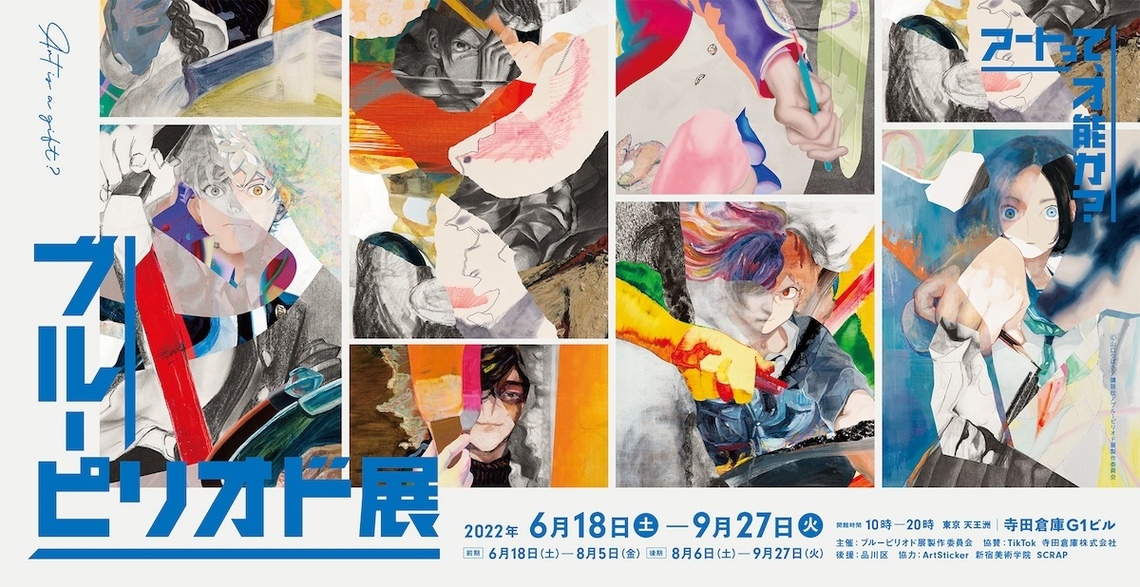
Some students shared their realizations: "I read Blue Period often. Seeing it become an exhibition made me realize how art can connect even more to business," and "I watched the Blue Period anime, but I didn't know about the exhibition or the live-action adaptation, so I was surprised."
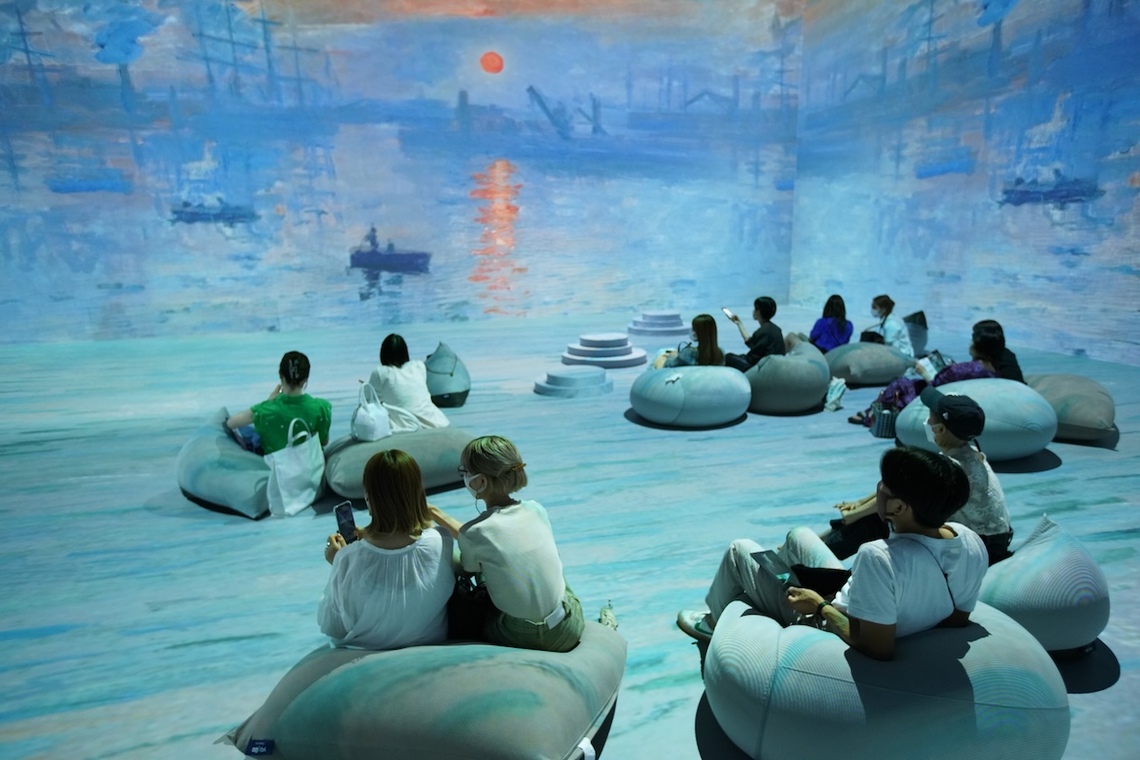
"I've visited the Immersive Museum before. I'd only ever been to art museums before, so experiencing art through video and music felt fresh." "I learned for the first time that Dentsu Inc. is involved, and it seemed glamorous and really sparked my interest."
Then, from a business expansion perspective, I introduced a project I recently worked on. I explained a scheme distinct from production committees or executive committees.
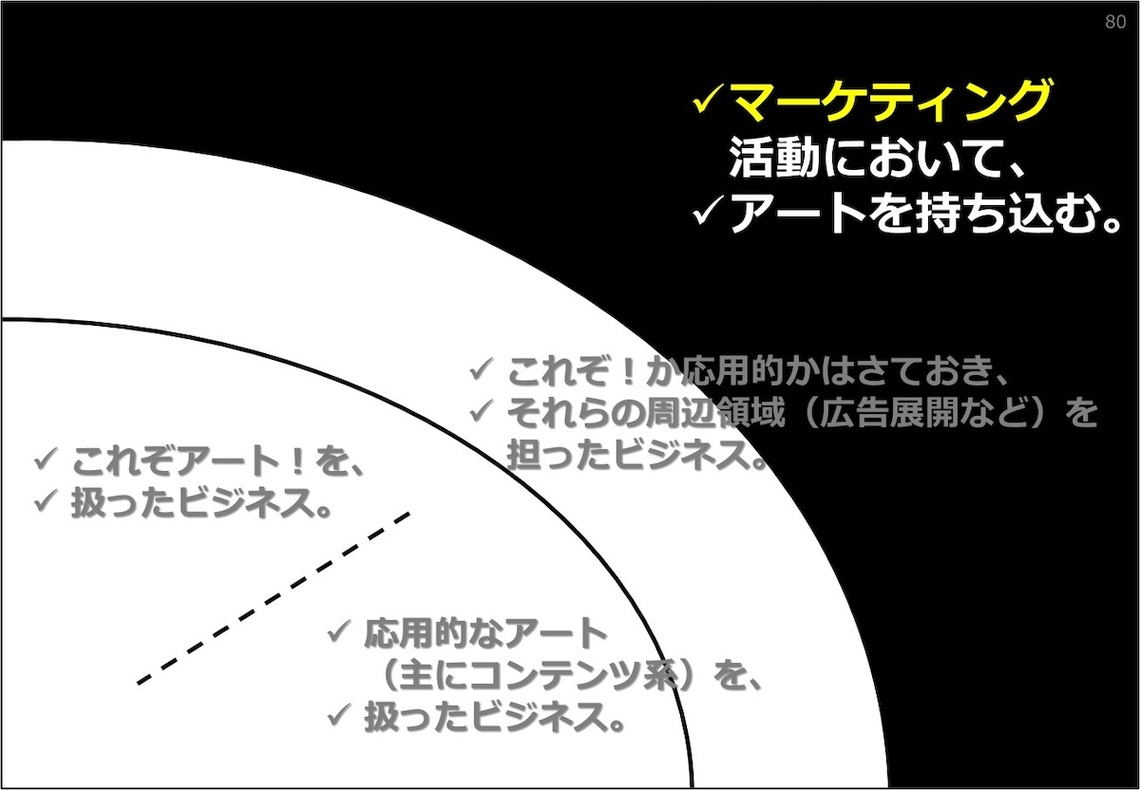
For a large-scale event not directly related to art, I managed one of the sponsoring companies, proposing and executing activations there. Corporate activation is part of a company's marketing and communication activities. The core is corporate activity, not artistic activity. Art is brought into that space. It connects. The art there becomes what is known as commissioned work (work created by an artist upon request).For event participants, whether the massive sculpture before them was commissioned work was naturally not something they considered. They simply enjoyed it, and the event was a great success.
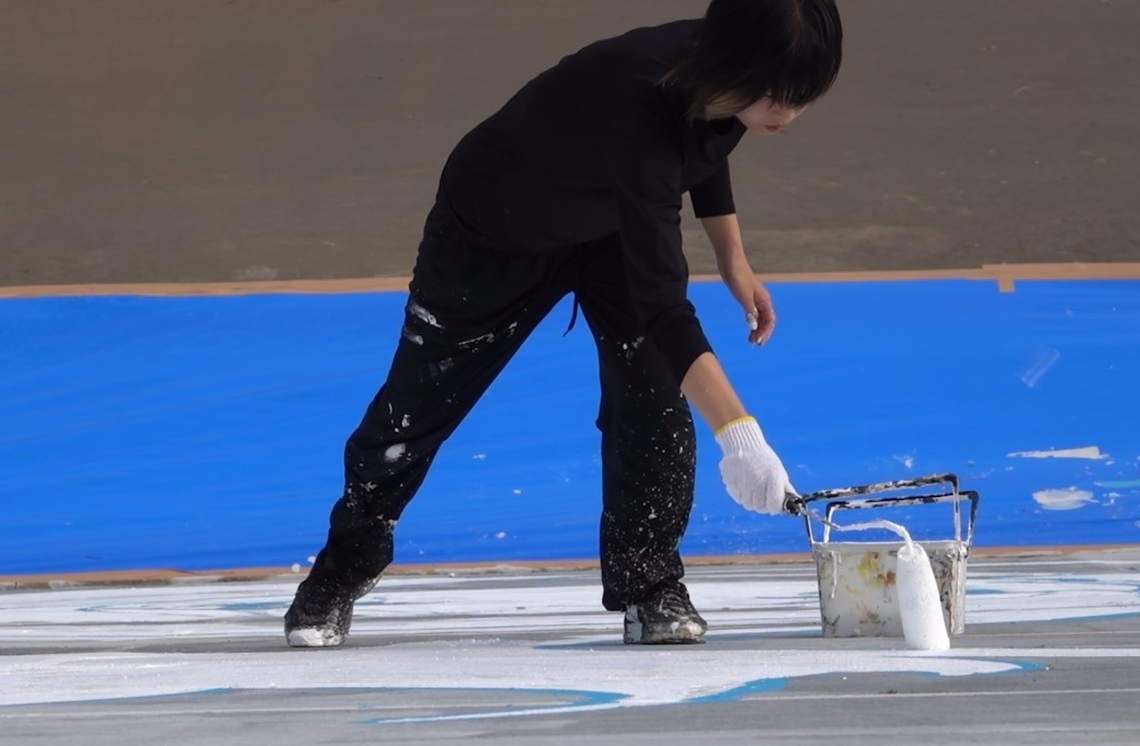
I thought it was a good approach to connect the power artists project through their work to corporate activities in this way, with minimal friction. It felt like one form of how companies can become more accustomed to engaging with art.
◆
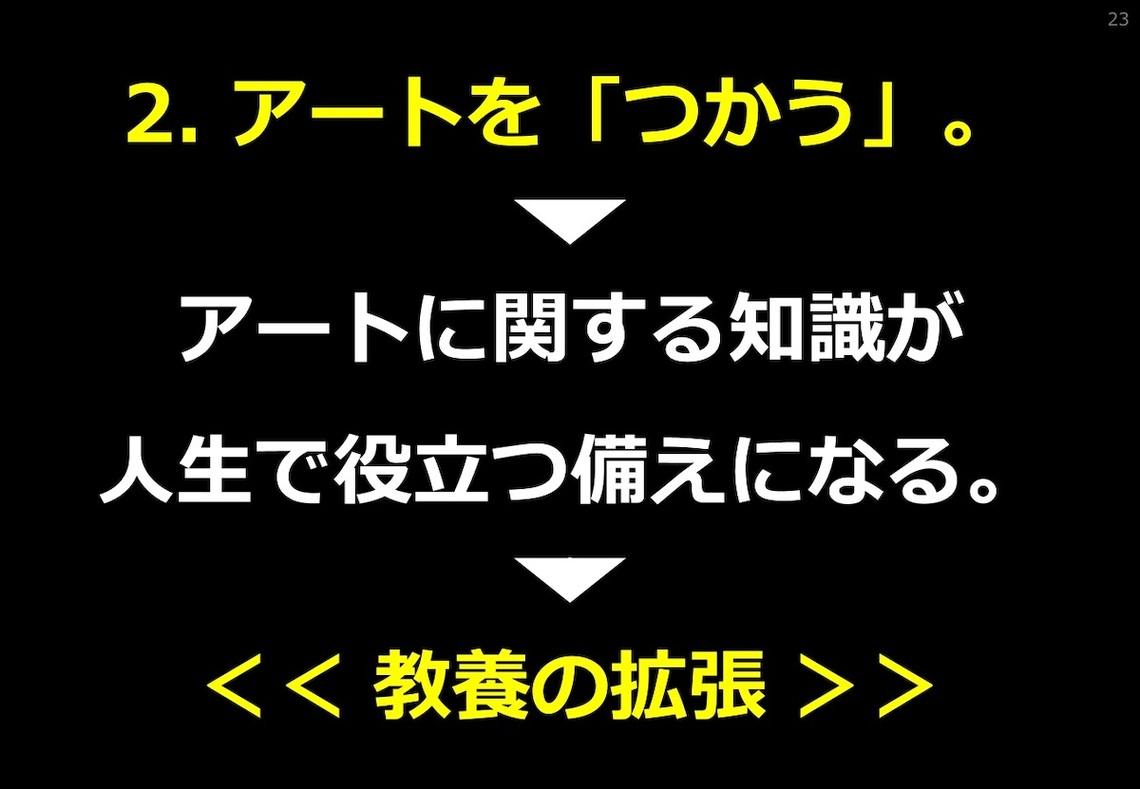
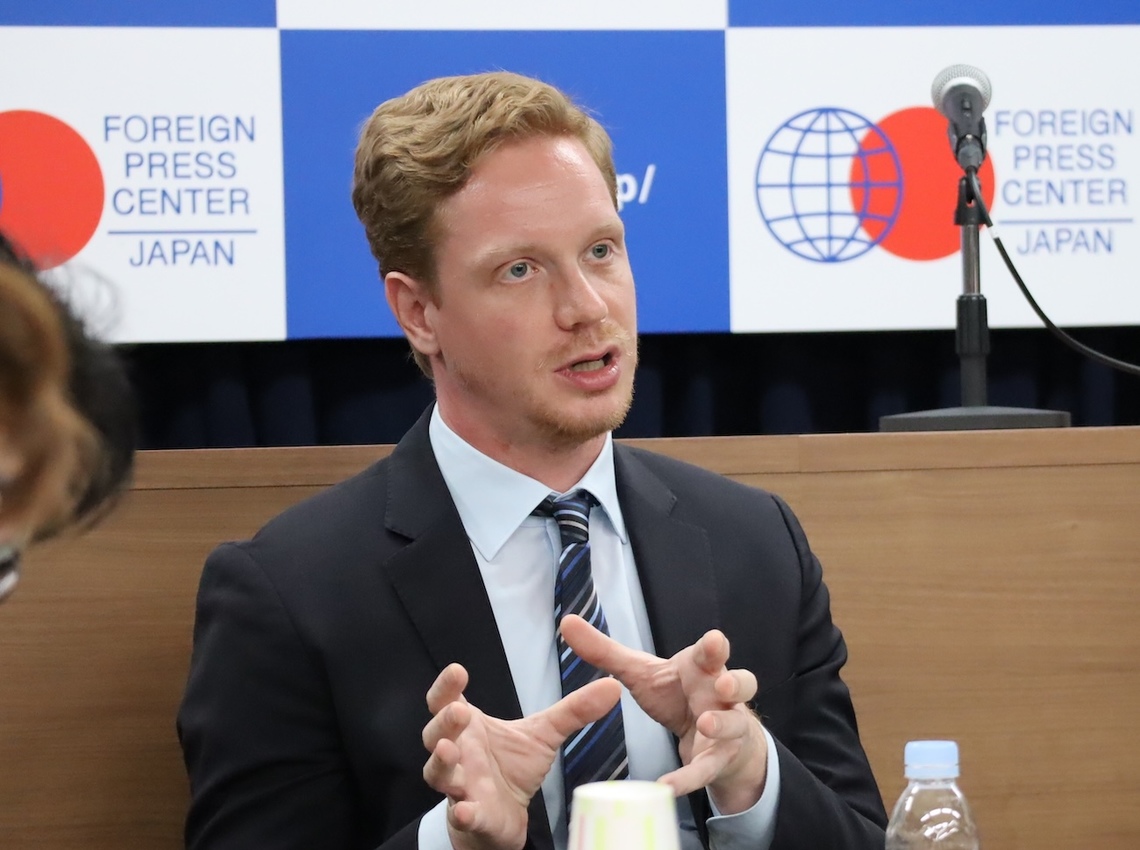
The next section was "Expanding Culture." I began by quoting my friend Frank Feltenz, a curator at an American museum, posing the question: When interacting with people overseas, saying just "Nice to meet you" feels a bit empty, doesn't it?
Building on this, I introduced the Yokohama Museum of Art's reopening commemorative exhibition and the works of Ms. Kyuko Kataoka displayed there. Before the lecture, I attended a gallery talk by the museum director and the curator in charge to prepare.I shared that Kyuko Kataoka continued painting while teaching elementary school in Yokohama, that her selection in the Inten exhibition in her 30s marked the start of her continuous success, and that she received the Order of Culture in her 80s.Drawing on what I'd learned from the gallery talk, I suggested to the students that since Ferris is also a Yokohama school, incorporating background information like this about Katagiri might make her an accessible topic to introduce the lecture. Then, I pressed on, comparing her to a regular doctor or a favorite cafe,
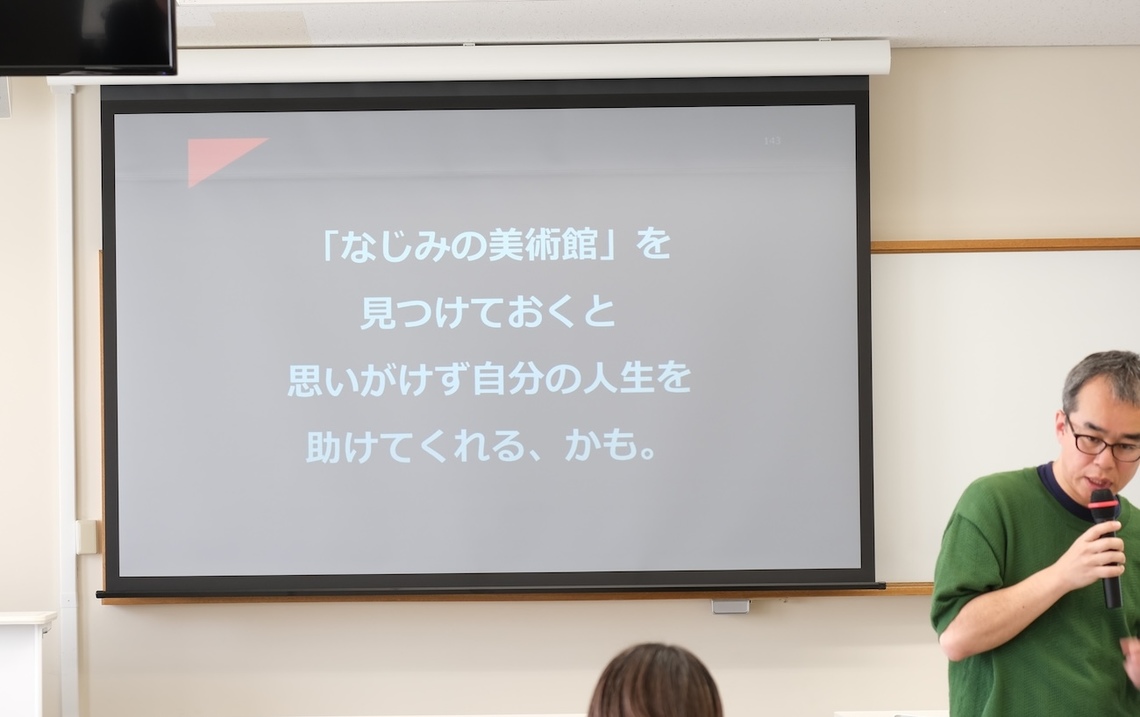
I pressed on. This lecture point resonated the most. Local topics are powerful, I suppose. Well, I'm glad I prepared in advance.
Actually, even outside diplomacy or corporate executive circles, situations where businesspeople discuss their own country's culture are definitely increasing. Art knowledge and real-life experience are, in a sense, real-world cultural literacy. Japan apparently has nearly 6,000 art museums and museums. With 6,000 samples, you can prepare endlessly.
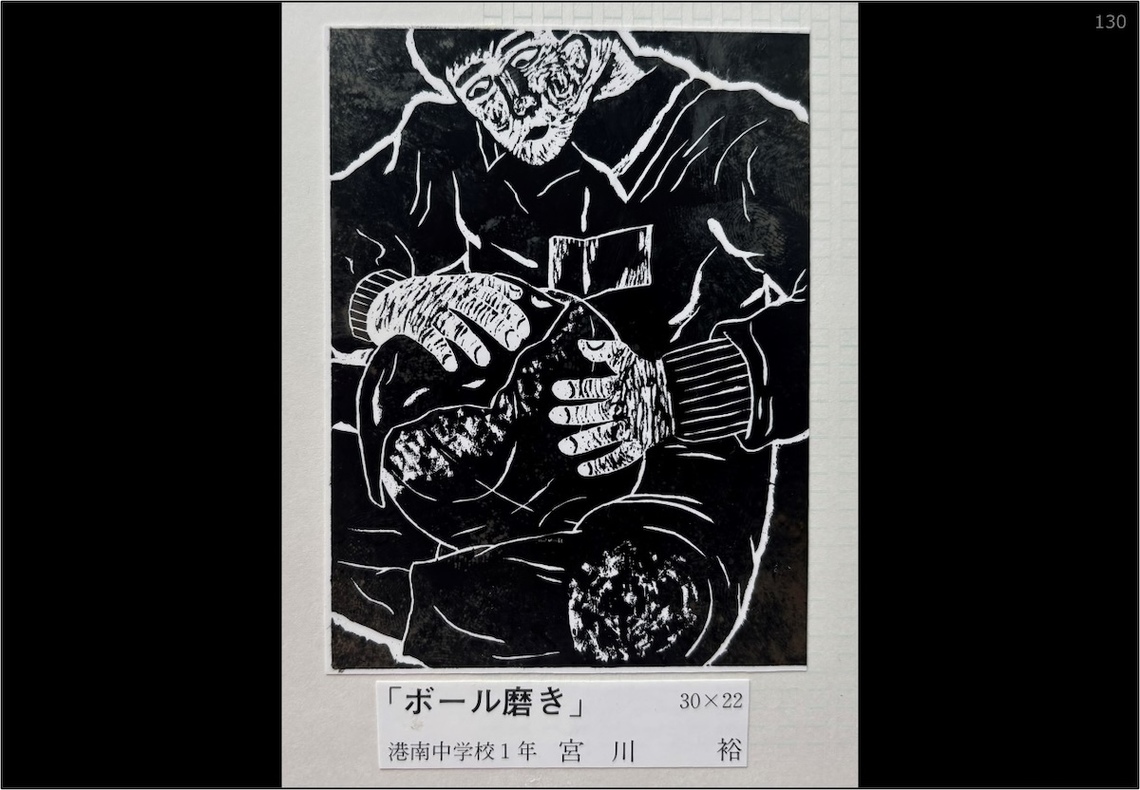
Then, straying from the main topic, I even showed them a print I made when I was 13. As a junior high school student's work, it elicited a wry smile of "Well, that's about what you'd expect." While I wasn't destined for a life as an artist, by gradually acquiring unique cultural knowledge, I was blessed with this irreplaceable opportunity to stand before university students. It's not unreasonable to say I managed to present one small, yet real, sample.
◆
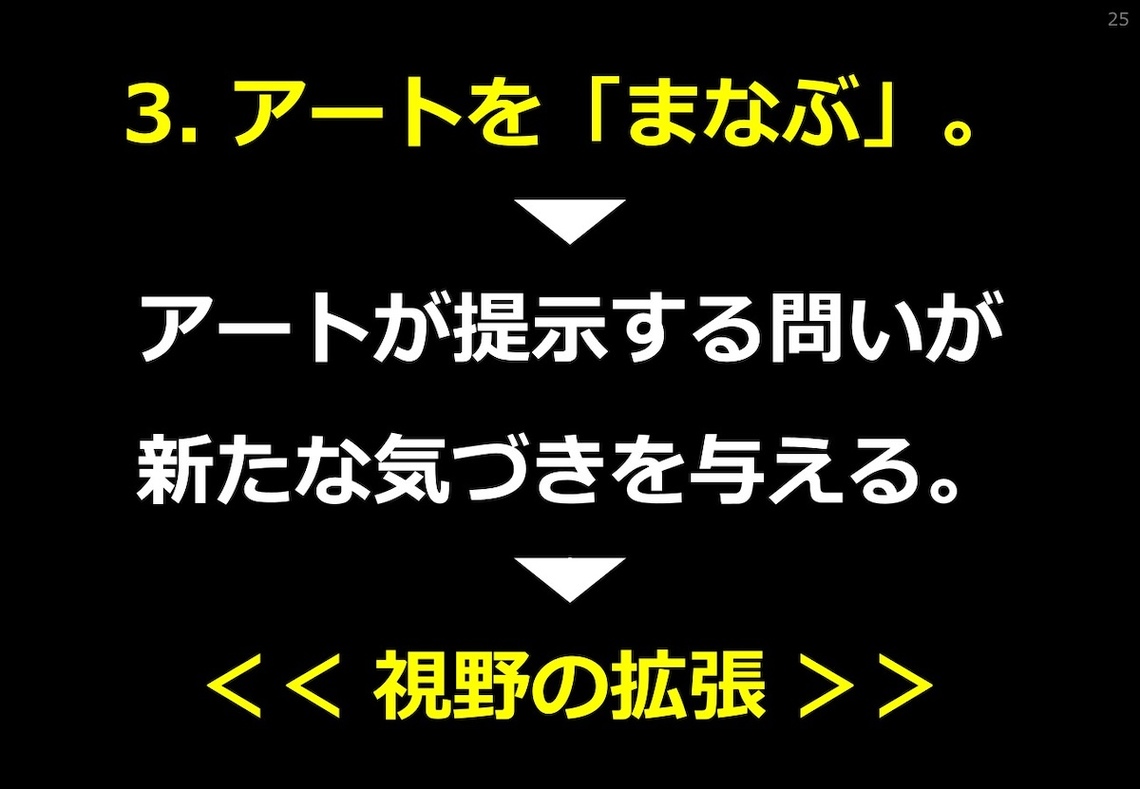
Finally, I emphasized "expanding horizons," which I consider paramount for anyone in the marketing world. As a major insight gained through art, I shared my experience at the Artizon Museum's exhibition of Yuko Mouri's work. ( Refer to the latter part of this column for details. )

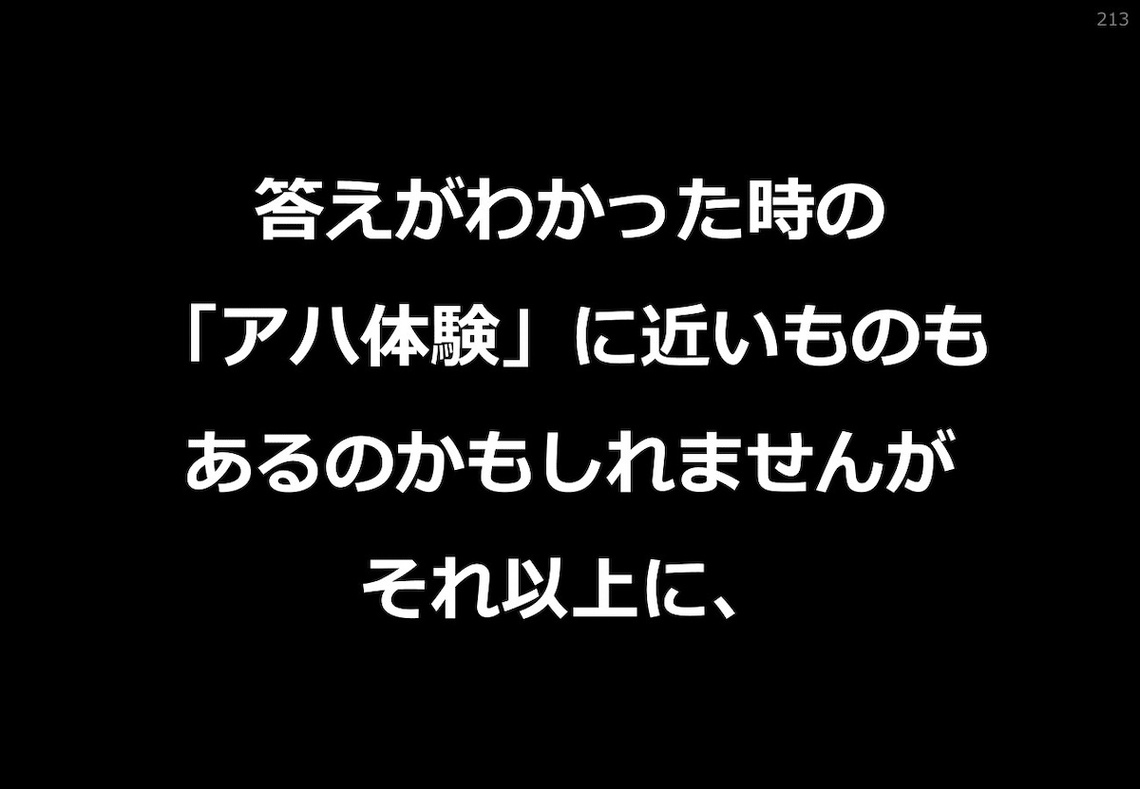
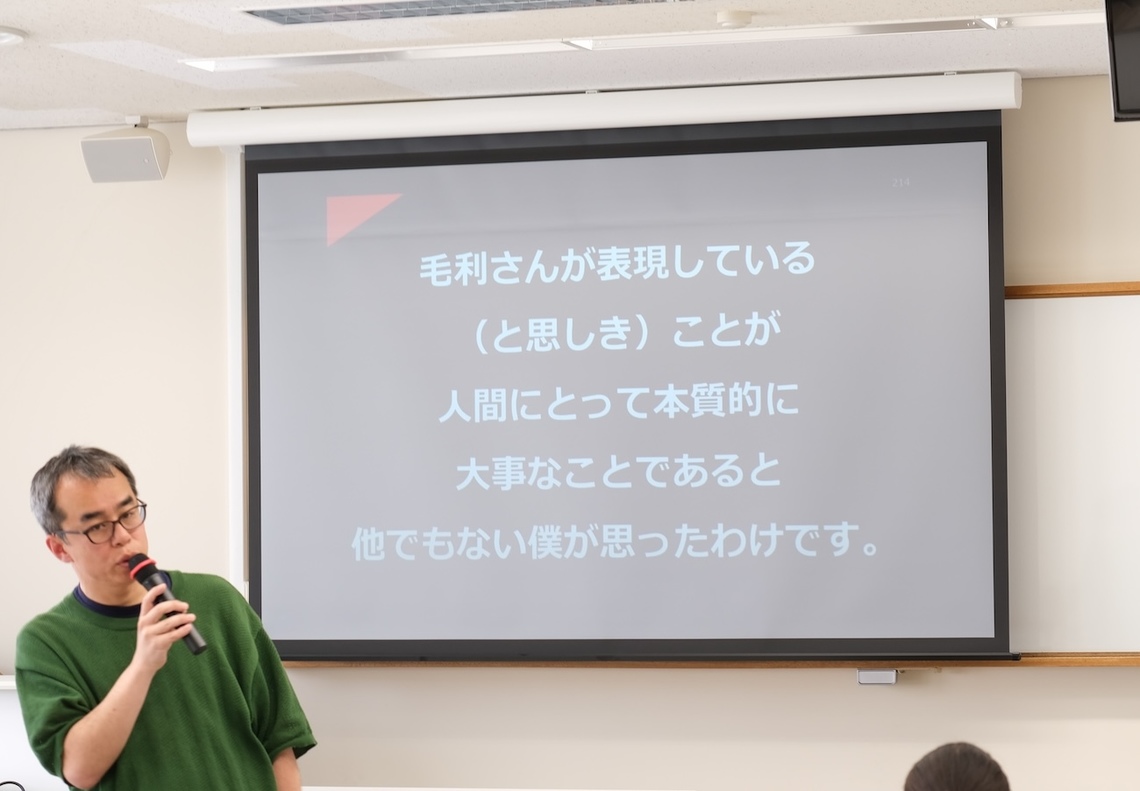
Beyond that, I presented insights prompted by art regarding gender issues, and also included a quiz like: "What was the gender ratio of Dentsu Inc.'s new hires in fiscal year 2025?"
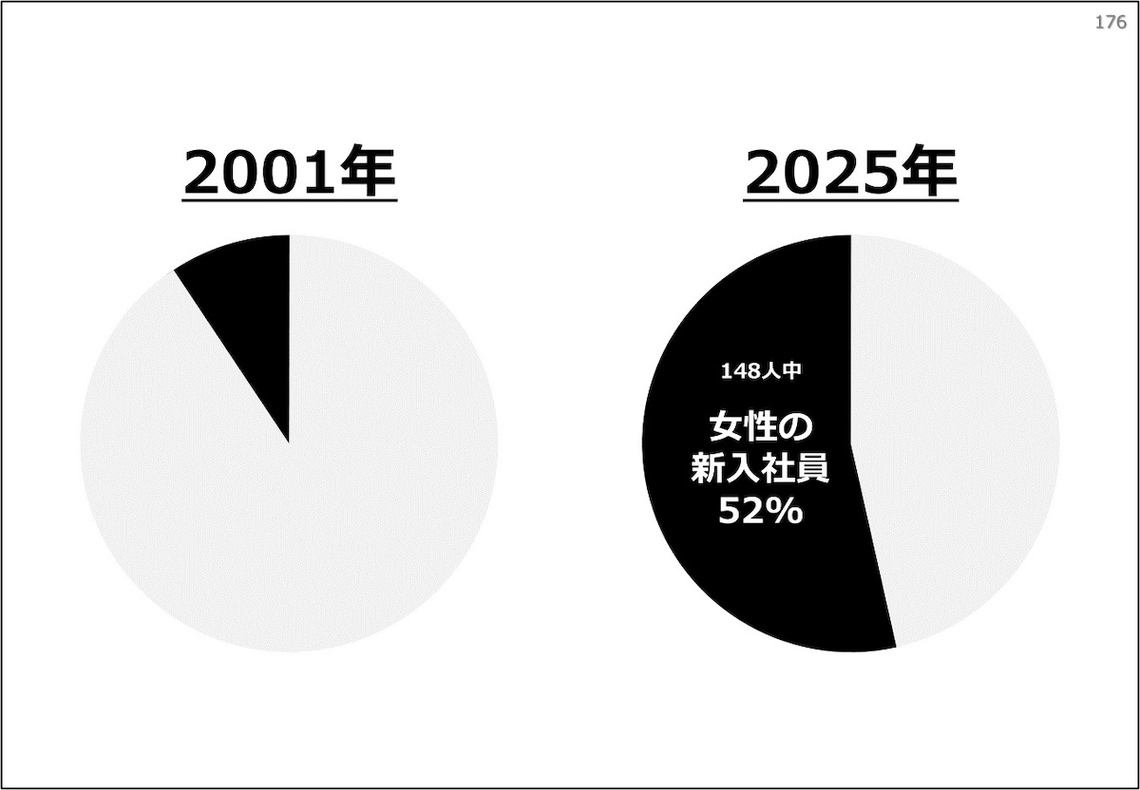
The correct answer is 77 women out of 148, meaning women are now the majority. Compared to when I joined, where female new hires were around 10%, the pool itself has clearly changed. Numbers are stark. Furthermore, my current manager, and the one before, are both women. The perspective of "Diversity, Equity & Inclusion (DEI)" is becoming standard equipment in the business world. As the core of DEI,
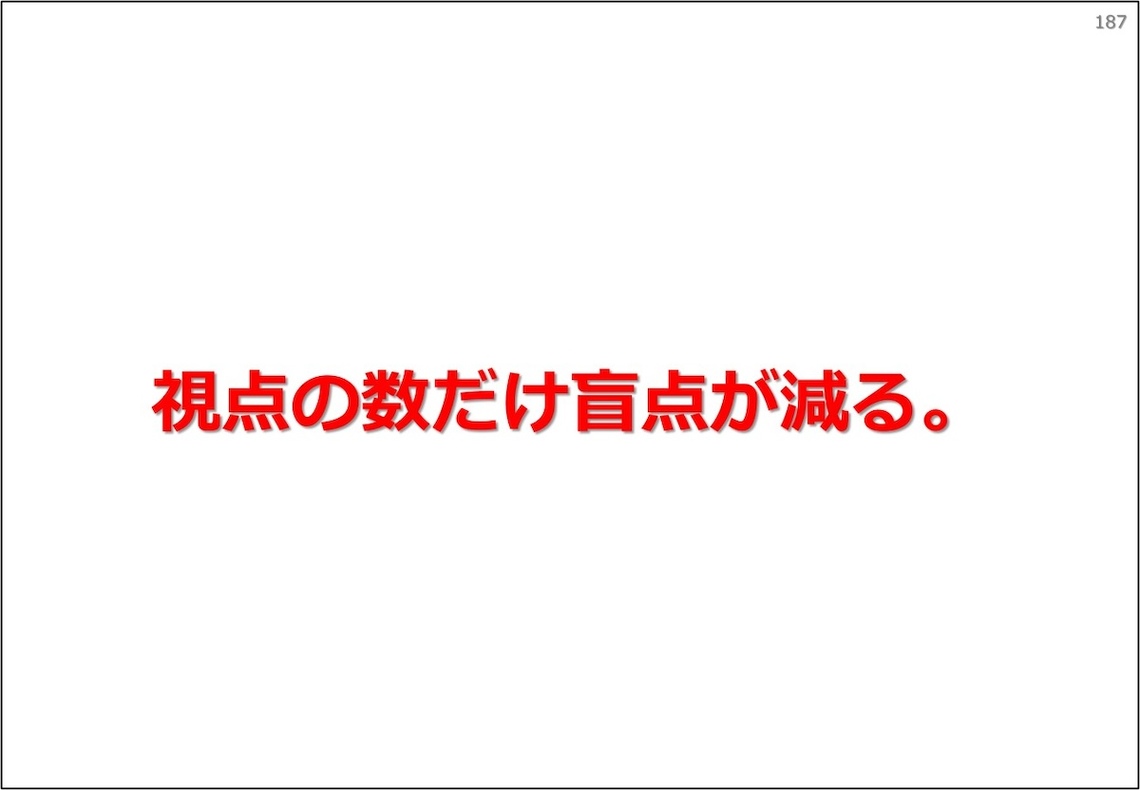
I shared these points. Judging from reactions like, "The phrase 'reducing blind spots' was very impactful. It's something I want to keep in mind daily," and "I was surprised to see how much values have evolved with the times, more than I expected," it seems the lecture content was, in a way, unexpected for them too. Going out and sharing this message really is important, I realized once again.
◆
Finally, I'll share some student feedback. To their authentic selves, including their handwriting, I want to say, "You're all absolutely right."
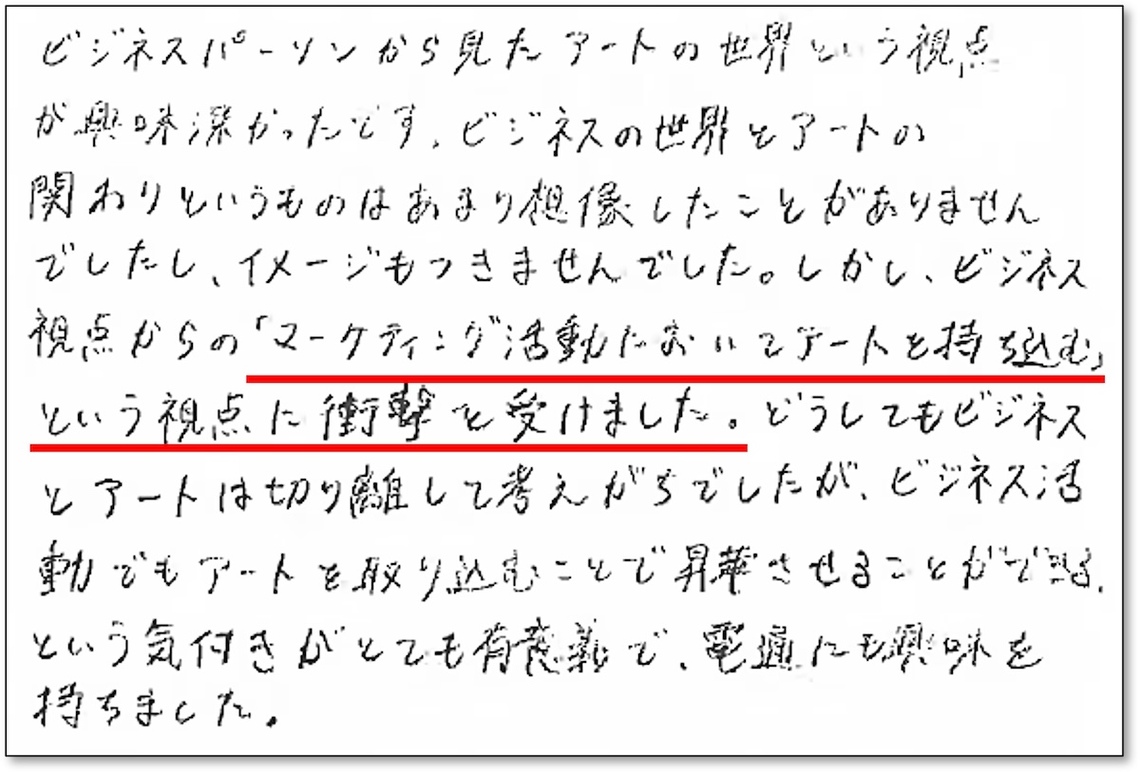


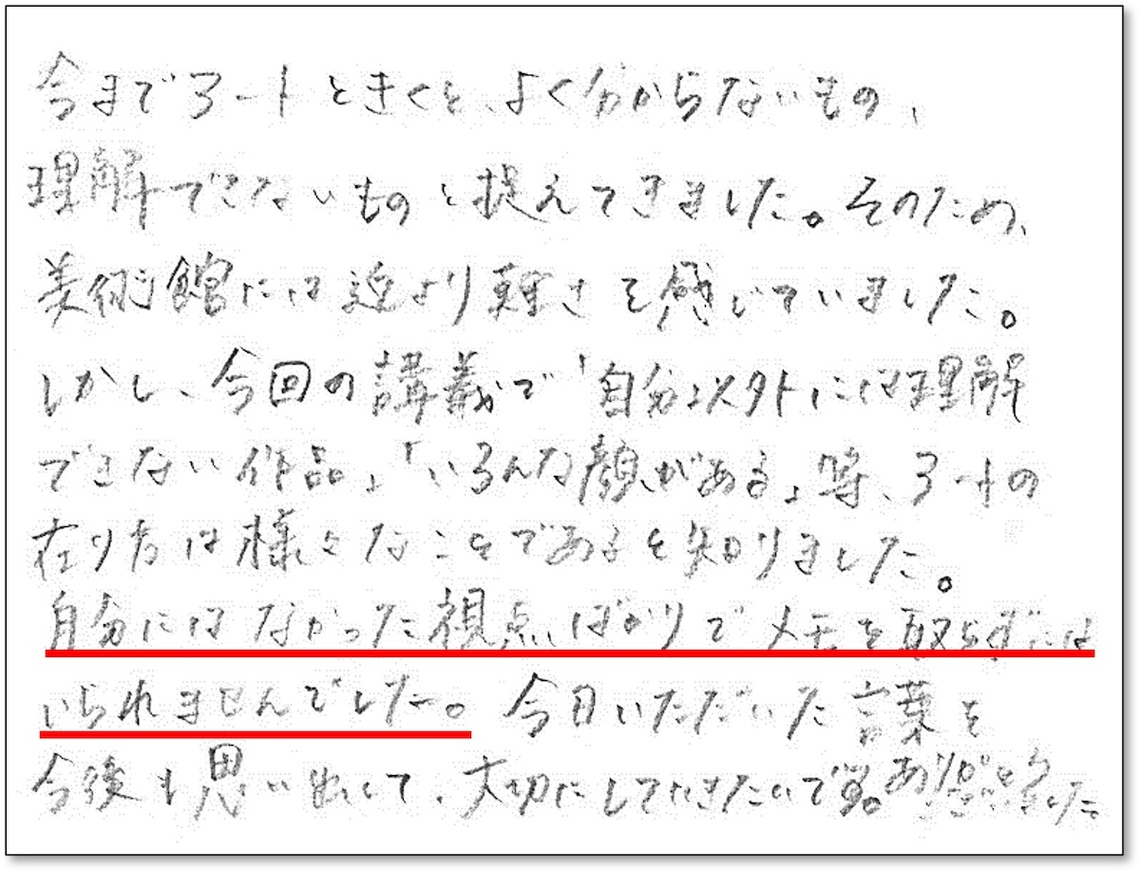
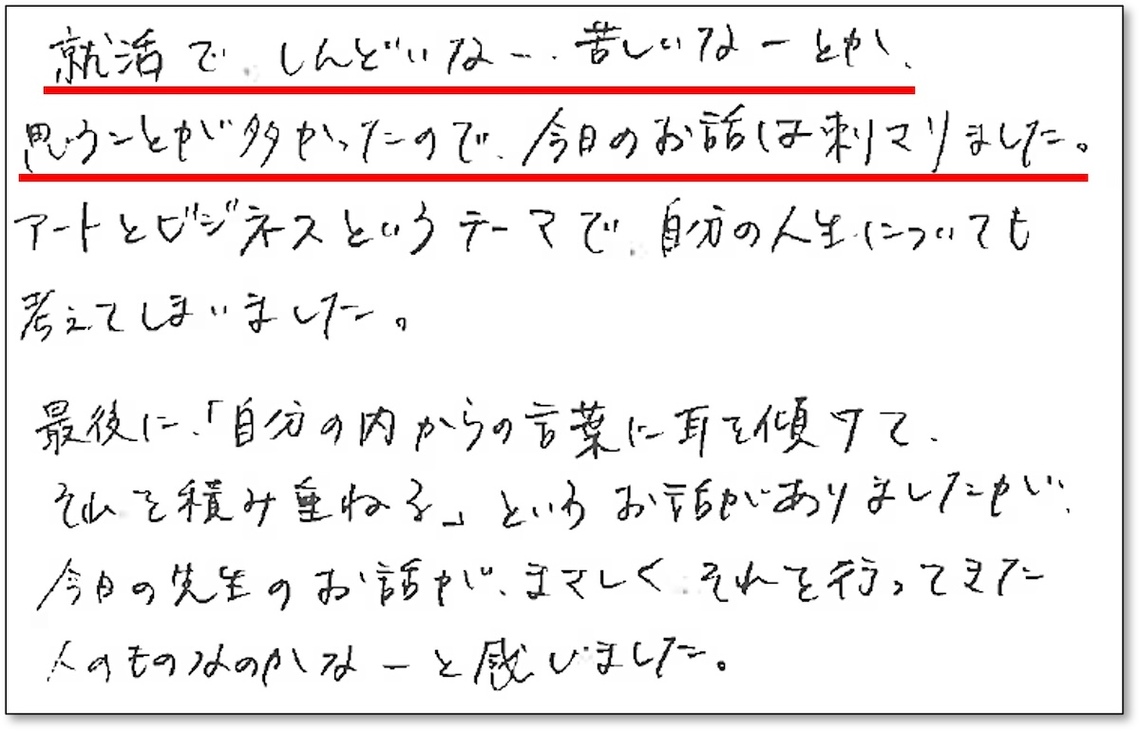

Image Production: Satoshi Iwashita
Was this article helpful?
Newsletter registration is here
We select and publish important news every day
For inquiries about this article
Back Numbers
Author

Yutaka Miyagawa
Dentsu Inc.
Marketing Division 5
Consultant
After the Great East Japan Earthquake, I began to feel a desire to reflect on Japanese culture and future generations.



